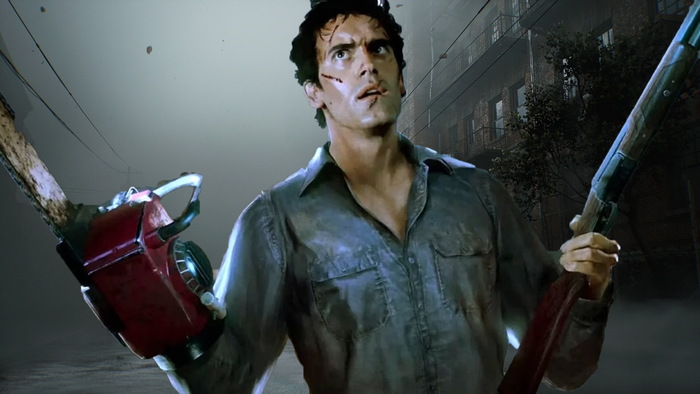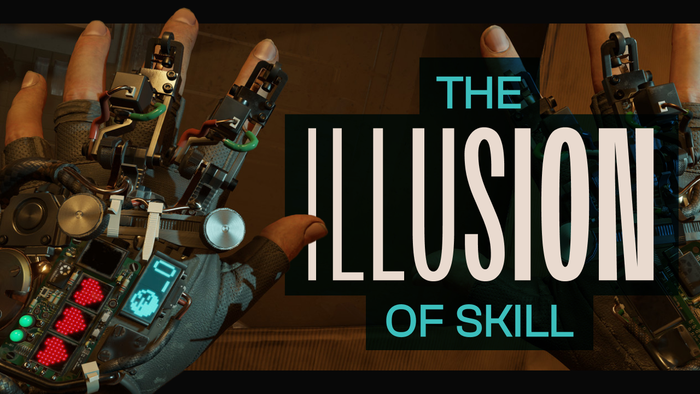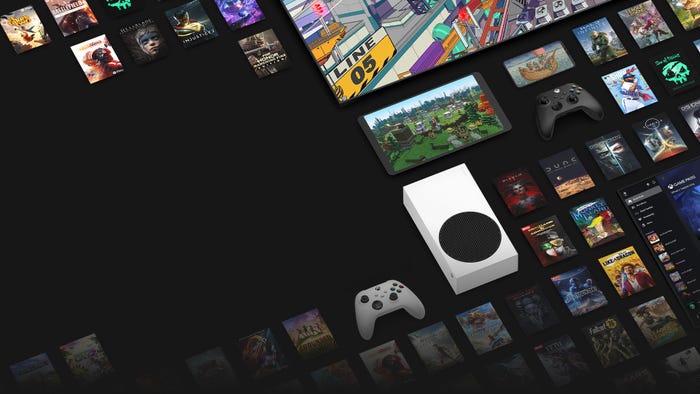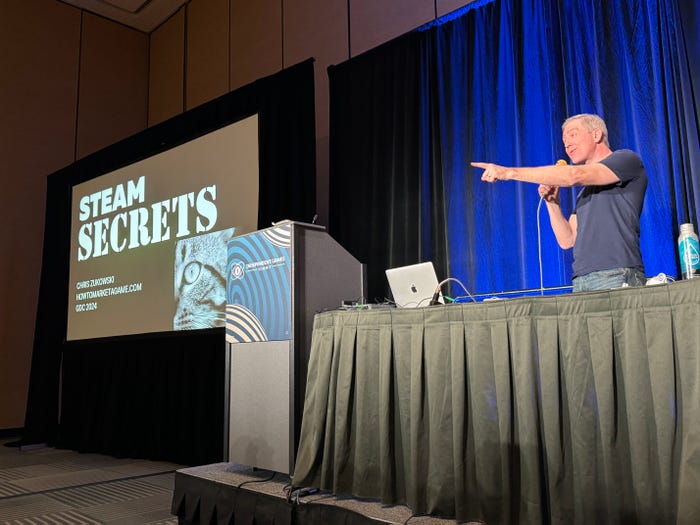Twitch and the video game voyeur revolution
Developers are lining up to integrate Twitch's popular livestreaming platform into their titles, but what kind of titles are the best fit for in-client broadcasting? And is it too early to jump on this feature?
November 27, 2012

Author: by Eric Caoili, Tom Curtis
The rise of video games as competitive sports, the increasing adoption rate of broadband internet, and the growing popularity of livestreams have created a huge community of video game voyeurs that didn't exist just a few years ago. It's a community that many developers are finding increasingly difficult to ignore. Twitch, the San Francisco-based video platform built specifically to help people easily broadcast and watch gameplay, has played a crucial role in building that community, fostering an audience of more than 23 million monthly viewers -- nearly triple its numbers a year ago, and growing by 10 to 15 percent per month. Huge player hubs have emerged around Twitch's livestreams for popular eSports titles like League of Legends and StarCraft II. A number of game companies have noticed the potential of engaging fans in a novel way -- and of reaching a new audience -- if only they could figure out how to tap into the service's momentum. Twitch began providing that sought-after opportunity to developers recently with a free software development kit that enables in-client streaming through its service. Supported titles can allow players to quickly set up a stream of their gameplay, broadcasting live on Twitch's site without even leaving the game. Companies have lined up to offer the feature in their titles: Paradox Interactive was the first to announce its implementation in The Showdown Effect, Red 5 is adding it to Firefall, Sony Online Entertainment has already rolled it out in PlanetSide 2, and Electronic Arts is integrating Twitch across its entire Origin digital distribution service. With these notable developers and publishers eager to hitch their wagons to Twitch's star, and many other partnerships still unannounced, it's not difficult to imagine built-in livestreaming becoming a standard feature for many online multiplayer games soon.
Why developers are integrating Twitch
Still, some might seem surprised that companies with a huge amount of resources like SOE and EA haven't decided to roll their own proprietary solution to offer in-game streaming to suit their needs, and to separate their broadcasts from the dozens of other competing games on Twitch. Twitch's reach and demographic, though, are exactly what many developers are looking for. "Twitch is an established service that already has a lot of name recognition, especially among the audience that we're really targeting, the competitive gaming audience, so that made sense," SOE's creative director Matthew Higby tells us. He points out that many of Twitch's viewers don't necessarily have a game in mind that they want to watch when they visit the site. They might not be PlanetSide fans, but if those visitors see a stream for the game that's popular there, they might watch it and decide it's something they're interested in playing."  PlanetSide 2's Twitch streaming menu "I think one of our rules is to go where players are. If players already exist in a big community some place, it's easier for us to go to them than force them to come into our ecosystem to play with us," explains Higby. But why bother building it into a game when there are already external solutions (e.g. X-Split Broadcaster) allowing players to set up Twitch streaming themselves? After all, that's what has worked with the 200,000 broadcasters who have livestreamed on Twitch so far. Twitch's marketing VP Matthew DiPietro argues that there are too many barriers for everyday players to overcome when using external tools: "If you're on a PC, you have to download third-party software and you have to have some technical know-how. It's not really an easy thing to do. You have to know how to optimize the video, your PC, etc. "If you're trying to do it with consoles, it's even harder, since you have to get a capture card and do all this other kind of stuff. You have to be pretty technically savvy in order to do it. We want to remove those barriers entirely and make it a one-click process with every game, wherever you're playing it." Remove those barriers, and more players can start streaming -- and act as evangelists for developers' titles. DiPietro continues, "The idea is that you want to make your title a platform for community creation. With streaming, your community can become something that's about much more than just gameplay. ... It creates a sense of engagement and spectator excitement that never existed around the game before."
PlanetSide 2's Twitch streaming menu "I think one of our rules is to go where players are. If players already exist in a big community some place, it's easier for us to go to them than force them to come into our ecosystem to play with us," explains Higby. But why bother building it into a game when there are already external solutions (e.g. X-Split Broadcaster) allowing players to set up Twitch streaming themselves? After all, that's what has worked with the 200,000 broadcasters who have livestreamed on Twitch so far. Twitch's marketing VP Matthew DiPietro argues that there are too many barriers for everyday players to overcome when using external tools: "If you're on a PC, you have to download third-party software and you have to have some technical know-how. It's not really an easy thing to do. You have to know how to optimize the video, your PC, etc. "If you're trying to do it with consoles, it's even harder, since you have to get a capture card and do all this other kind of stuff. You have to be pretty technically savvy in order to do it. We want to remove those barriers entirely and make it a one-click process with every game, wherever you're playing it." Remove those barriers, and more players can start streaming -- and act as evangelists for developers' titles. DiPietro continues, "The idea is that you want to make your title a platform for community creation. With streaming, your community can become something that's about much more than just gameplay. ... It creates a sense of engagement and spectator excitement that never existed around the game before."
Which games should include in-client streaming
Higby notes that there's definitely a specific game scene that's thrived on Twitch: "[The service] really become a hub for the competitive gaming scene across the board, from fighting games to first-person shooters to real-time strategy games and MOBAs [multiplayer online battle arena titles like League of Legends]. "Basically anything that could be considered a competitive video game experience is being broadcasted and being watched on Twitch," he says. In-game streaming is particularly beneficial for broadcasters mindful of their system's performance while playing, as it's designed to not be as CPU-intensive as external methods. PlanetSide 2 is an MMO first-person shooter with a competitive emphasis, so adding built-in Twitch streaming a few months ago was an easy decision for Higby and his team. The creative director says these types of titles also tend to attract plenty of viewers who like to watch expert players, either to pick up some tips or just admire their execution. Paradox's business development VP Shams Jorjani says that while The Showdown Effect isn't an eSports title, "it shares a lot in common with eSport games and makes it a great fit for streaming -- it looks good, it's fast paced, it has a high skill component, and it has tons of explosions." Developer Arrowhead Game Studios and Paradox specifically built The Showdown Effect to be a spectator game. "We knew that the game would be filled with 'Oh shit, did you see that?!'-moments," says Jorjani. "Going for those kind of moments was actually a core design goal. So when we heard about the Twitch SDK, it was a no-brainer for us." He compares the 2.5D multiplayer action title to ancient gladiator games, bloody experiences sure to attract an audience. So the team designed the title with livestreaming in mind: "Game rounds are generally short and sweet -- you can watch for three to five minutes and still have an enjoyable experience. In other games that have 45-60 minute rounds, a three-minute viewing session isn't exactly rewarding. "Additionally we've built a spectator mode that allows you to freely move about and zoom in on the action. Spectators love statistics and data, and that's something we're gearing to add and allow players to get more info on the combat."  The Showdown Effect Jorjani continues, "Finally, making sure your game has variation is really important -- gamers don't want to see the same match over and over. We've solved this by adding customization options for the characters."
The Showdown Effect Jorjani continues, "Finally, making sure your game has variation is really important -- gamers don't want to see the same match over and over. We've solved this by adding customization options for the characters."
Livestreaming isn't just for eSports
"The largest game viewership on Twitch is definitely League of Legends and StarCraft ... games like that, there's no doubt," admits DiPietro. But he notes that more developers are starting to add competitive elements in their games that mesh well with livestreaming, like some of the new multiplayer features in Call of Duty: Black Ops II. "But even beyond that, there are other really interesting communities that are building organically on Twitch that are attached to the video experience. Minecraft, for example, is huge on Twitch, and people really love to show off their creations in the game," he says. Non-competitive games like World of Warcraft, Diablo III, and ARMA mod DayZ also have big audiences on the service. And then there are popular streams for speedruns, charity gaming marathons, etc. DiPietro points out, "There are all of these weird, interesting phenomena that are happening on the site that we never really considered when we launched Twitch." Higby comments, "I think that you know as a developer if you have a game that is entertaining to watch. Some games are, and some games aren't." A slow-moving title with little action, or a game without much variation probably aren't the experiences developers will want to spend time building a livestreaming community around. "Some games can be entertaining to watch just because of the person playing it; they can make it more interesting," he says. "But to me, if you have a game that's a compelling experience for somebody to just be able to watch and enjoy, then you should try to integrate streaming."
Why you might want to wait to integrate Twitch
If all that sounds great and you're eager to add in-game livestreaming to your title, you might not want to jump on the bandwagon immediately. Twitch concedes that the SDK is still in its very early stages of development, and the company is working with initial partners to polish their implementations. "It wasn't just 'push a button and it works,'" says Higby. "There was definitely a lot of work that went into streaming [PlanetSide 2 gameplay]. We ended up working very closely with Twitch, identifying several issues with their SDK, working back and forth with them on solving those issues, and making sure that got integrated as well as possible." Implementing in-client livestreaming right now requires a considerable investment in time and resources, and Jorjani warns that while it's a great feature to offer, developers should remember that gameplay and content come first: "There's no point in adding streaming capabilities to the game if the core gameplay isn't there. Since resources are finite you have to decide what you want to focus on: streaming or more content for your game? "It's a tricky balance, but for us it was simple. We had the gameplay and knew that we would follow up the release with tons and tons of content, so making sure streaming was there from the get-go was key." It might not be long, however, before developers won't have to choose between budgeting resources and implementing in-game streaming. DiPietro promises, "One of the goals very soon is to make the SDK a really plug-and-play kind of experience for the developers. It's clearly not there right now because we're in a proof of concept, early stage of development, but it's getting there, and we think it'll get there very quickly."
You May Also Like




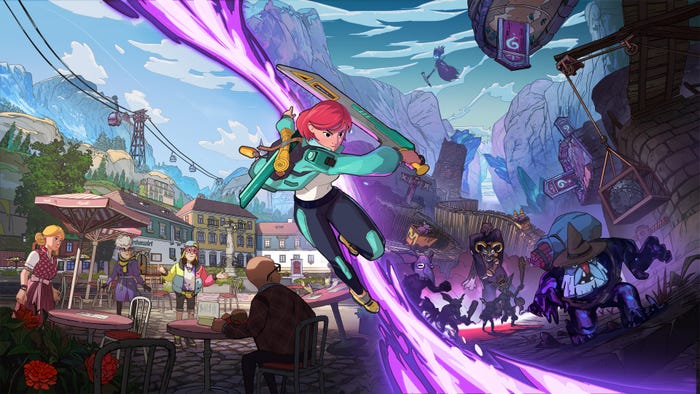
.jpeg?width=700&auto=webp&quality=80&disable=upscale)


